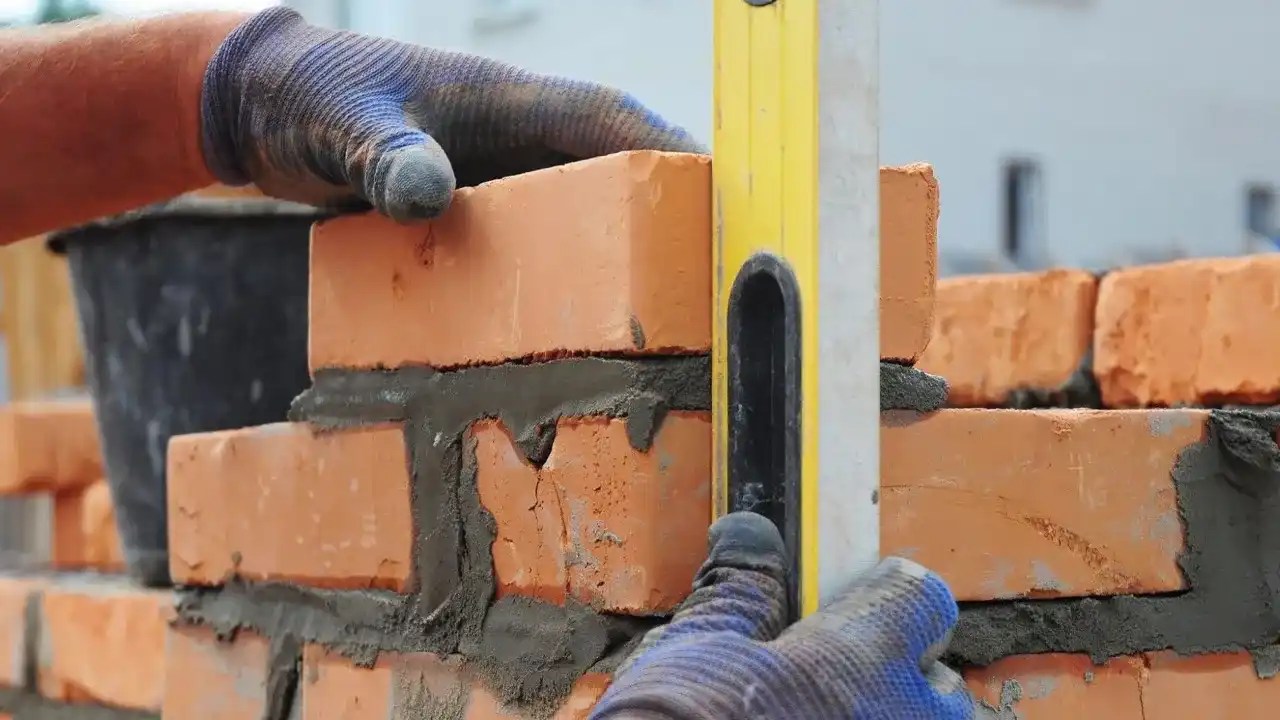
In the realm of construction, the comparison between portable buildings and traditional construction methods sparks a debate on their respective pros and cons. Portable buildings, increasingly popular in UAE, offer flexibility, time efficiency, and diverse options from trusted suppliers and manufacturers. They promise cost-effective solutions for various needs. Conversely, traditional construction boasts durability and customization but often demands higher costs and longer timelines. This introduction sets the stage for an exploration of the advantages and drawbacks of both approaches, shedding light on which option might best suit specific project requirements and budget constraints.
Cost Comparison
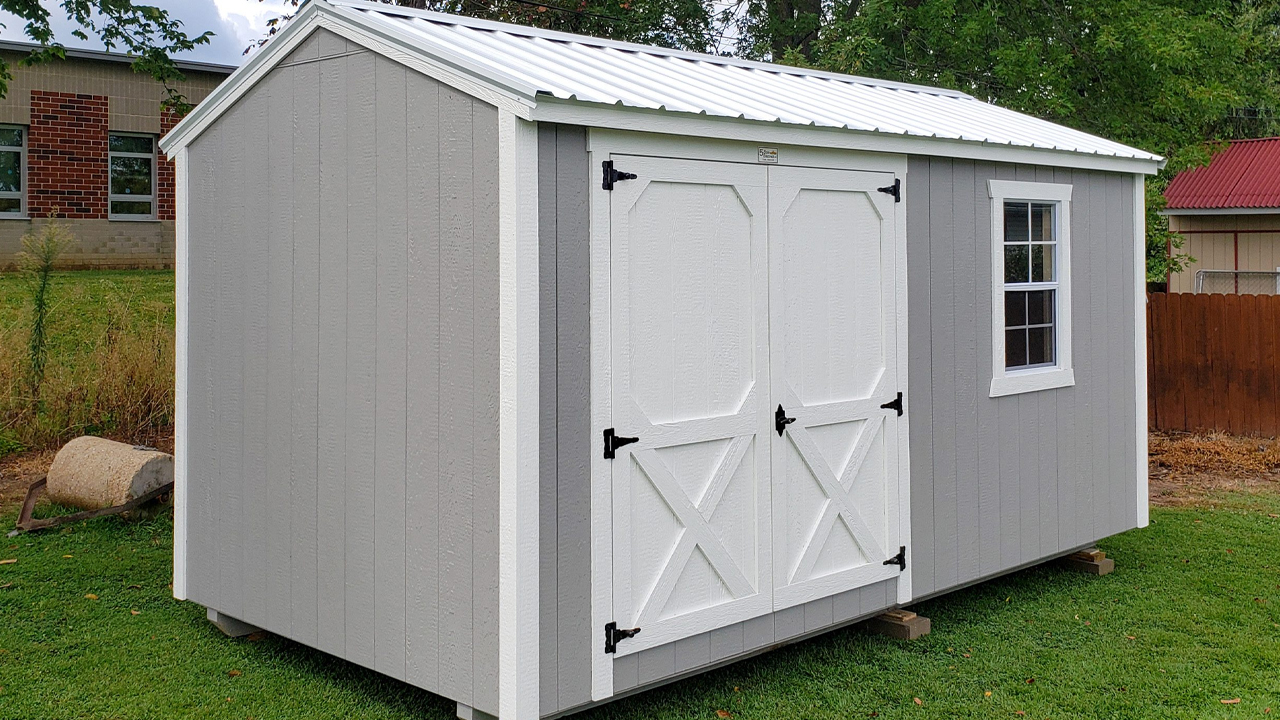
Initial Investment:
- • Portable Buildings: Generally have lower initial costs compared to traditional construction due to prefabrication and assembly off-site.
- • Traditional Construction: Often involves higher initial investment due to labor, materials, and longer construction timelines.
Ongoing Maintenance:
- • Portable Buildings: Typically require less ongoing maintenance and repair costs due to their simpler design and construction.
- • Traditional Construction: May incur higher maintenance expenses over time, especially for structural repairs and renovations.
Flexibility:
- • Portable Buildings: Offer greater flexibility for relocation, expansion, and modification to accommodate changing needs.
- • Traditional Construction: Provides less flexibility once built, requiring significant time and resources for modifications or expansions.
Time Efficiency:
- • Portable Buildings: Are often quicker to install and ready for use, reducing downtime and accelerating project timelines.
- • Traditional Construction: Generally involves longer construction periods, resulting in delayed occupancy and potential project delays.
Time to Completion
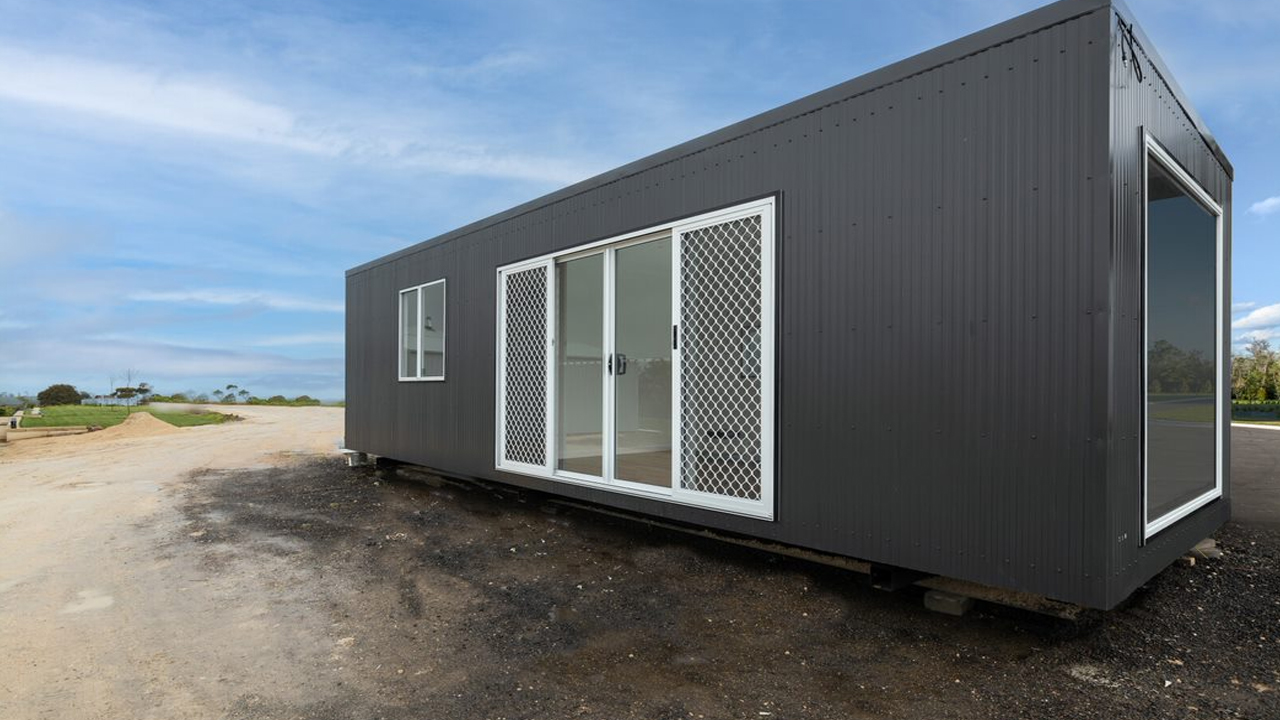
Portable Buildings:
- • Offer faster construction timelines due to off-site fabrication and assembly.
- • Prefabricated components can be quickly transported and installed on-site, reducing construction time significantly.
- • Projects using portable buildings can be completed in a fraction of the time compared to traditional construction methods.
Traditional Construction:
- • Involves longer construction periods due to on-site building processes.
- • Requires sequential construction steps, including foundation laying, framing, and finishing, which can extend project timelines.
- • Overall, traditional construction projects typically take more time to complete compared to those utilizing portable buildings.
Flexibility and Relocation
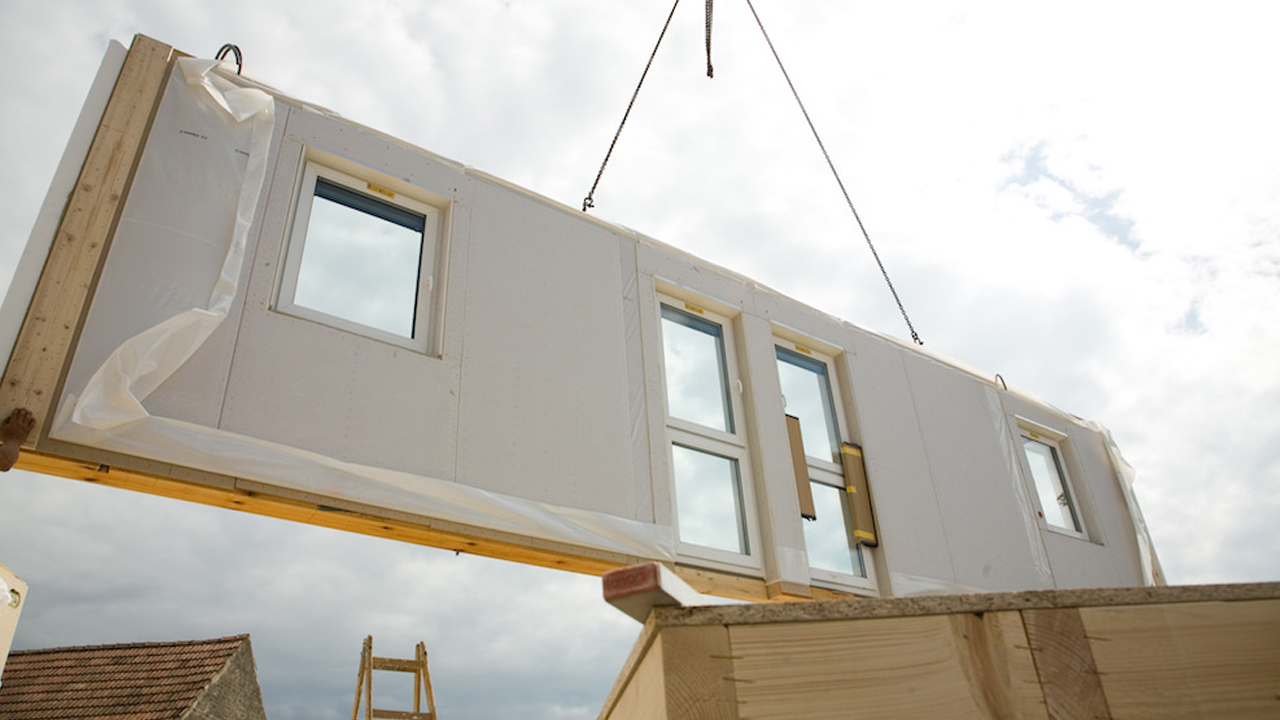
Portable Buildings:
- • Offer flexibility as they can be easily relocated to different sites as needed.
- • Ideal for temporary or mobile applications such as construction sites, events, or remote workspaces.
- • Can be disassembled, transported, and reassembled at new locations, providing versatility and adaptability for changing requirements.
Traditional Construction:
- • Lack flexibility as structures are fixed in place once built.
- • Relocation requires significant demolition and reconstruction efforts, making it impractical for most projects.
- • Not suited for temporary or mobile applications, limiting their versatility compared to portable buildings.
Other Factors
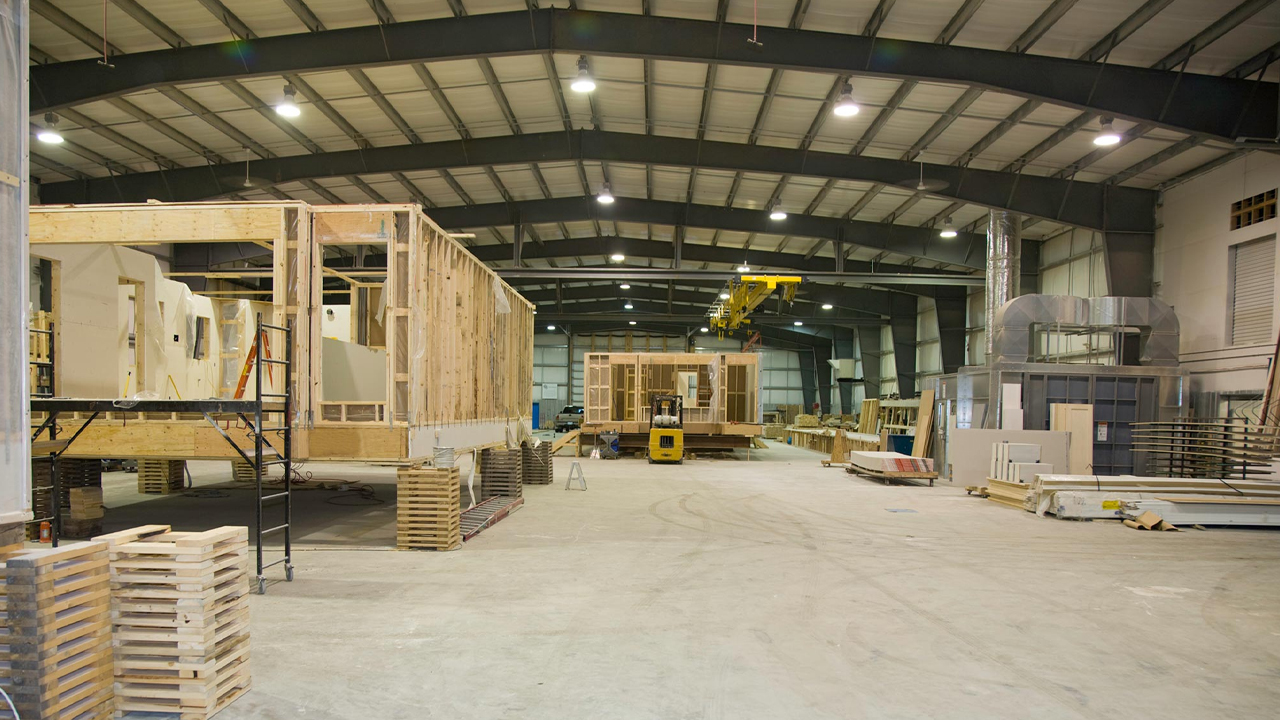
Portable Buildings:
- • Quality and durability vary depending on the manufacturer and materials used.
- • Some portable buildings may offer limited customization options compared to traditional construction.
- • However, advancements in design and construction techniques have led to higher-quality premier portable buildings in UAE with more customization possibilities.
Traditional Construction:
- • Generally known for higher quality and durability due to permanent construction methods and use of traditional building materials.
- • Offers extensive customization options, allowing for tailored designs to meet specific needs and preferences.
- • Typically, the longevity of traditional buildings surpasses that of portable buildings, making them a preferred choice for permanent structures.
Conclusion
In conclusion, the comparison between portable buildings and traditional construction reveals a range of factors to consider. While portable buildings offer cost-effective and time-efficient solutions with flexibility in relocation, traditional construction boasts higher quality, durability, and extensive customization options. The decision ultimately depends on specific project requirements, budget constraints, and long-term objectives. By weighing the pros and cons of each approach, stakeholders can make informed choices to meet their needs effectively. As the demand for versatile and sustainable building solutions grows, both portable buildings and traditional construction methods will continue to play vital roles in shaping the future of construction.
To know more about Eco-Friendly Portable Buildings, read our blog.
